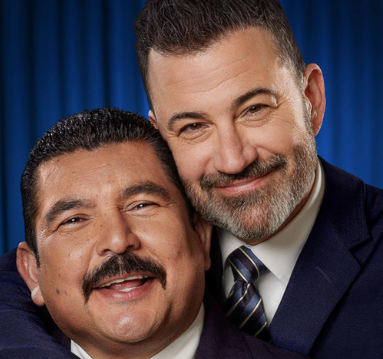Exercise patience with masking
During the two years of the COVID pandemic, OPRF has worked hard to limit infection and keep the student body safe. Enforcing the COVID policies, however, has proven to be difficult with students taking down their masks in classes. This problem is especially present in P.E. classes, where a high percentage of students fail to wear their masks correctly (below their nose, chin, or just off).
This does not just apply to students, though. Teachers are equally at fault: I’ve seen teachers take their masks off on many occasions. They take them off to yell directions, which is not an excuse. Again, I understand that it’s difficult to speak through a mask, but it is a necessary sacrifice. If students see teachers not following the school guidelines, it will indicate to them that they won’t be told off for not complying.
Another issue is how classes are conducted. I have seen, as a warm-up, students told to carry another student across a basketball court in different ways. During certain units—the more close-contact ones (i.e. basketball)—students get very close to other students, breathing heavily from the exercise, and risk exposure. Not only is this ignorant of CDC guidelines by not safe-distancing, it is simply not safe. It disregards the emotional and physical health of students, especially since they are incentivized to do it through participation points.
In response to this, gym teacher Jen Kanwischer said that, for teachers, the pandemic is “an opportunity to learn to adapt teaching to benefit everyone emotionally and physically.” Readjusting the entire curriculum might not be necessary, but small tweaks could make the field house a safer place for students and staff during COVID.
As spring approaches and it gets warmer out, students may be able to do more activities outdoors. While we’re stuck inside, though, teachers need to get creative. For example, I remember in my freshman year gym class, we played some sort of game where we had to cross the gym without touching the floor, and only one person could go at a time. Activities in the same vein as this are our best bet. Students may be willing to have input on this as well.
Speaking of students, there seems to be a slight stigma attached to asking people to wear their masks properly (similar to being considered a teacher’s pet or goodie-two-shoes). The more people are willing to call out individuals not wearing masks properly, the more likely others will too. Cooperation is crucial.
Since the beginning of the pandemic, mask wearing has never been about comfort. Comfort haimportant, but the priority is safety.
Prioritizing comfort over the safety of others is, quite frankly, selfish and disrespectful. Even in gyms, adults wear masks all the time while doing actual workouts. The longer that people wear their masks incorrectly, the longer we’re likely to be in the pandemic as infection spreads.
To be clear, wearing a mask correctly is completely covering one’s nose, mouth, and chin, according to the CDC. “Wearing a well-fitted mask along with vaccination, self-testing, and physical distancing, helps protect you and others by reducing the chance of spreading COVID-19” says the CDC website. If your mask slips off, adjust the metal bands that are at the top to fit your nose. If that doesn’t work, consider switching mask types or tightening the mask by looping the side straps. If you have any further questions about this, visit the CDC website, or contact any of the nursing staff. The OPRF website also has a COVID-19 Dashboard in which they give weekly updates and summaries of cases, vaccination, and more.
Being the large school that OPRF is, it is all the more important that all of us—students and staff alike—follow CDC guidelines and efforts made by the school to make it out of the pandemic. If students and staff have ideas as to how we can make COVID-life better at OPRF, I implore them to speak out, and for administration to listen.





